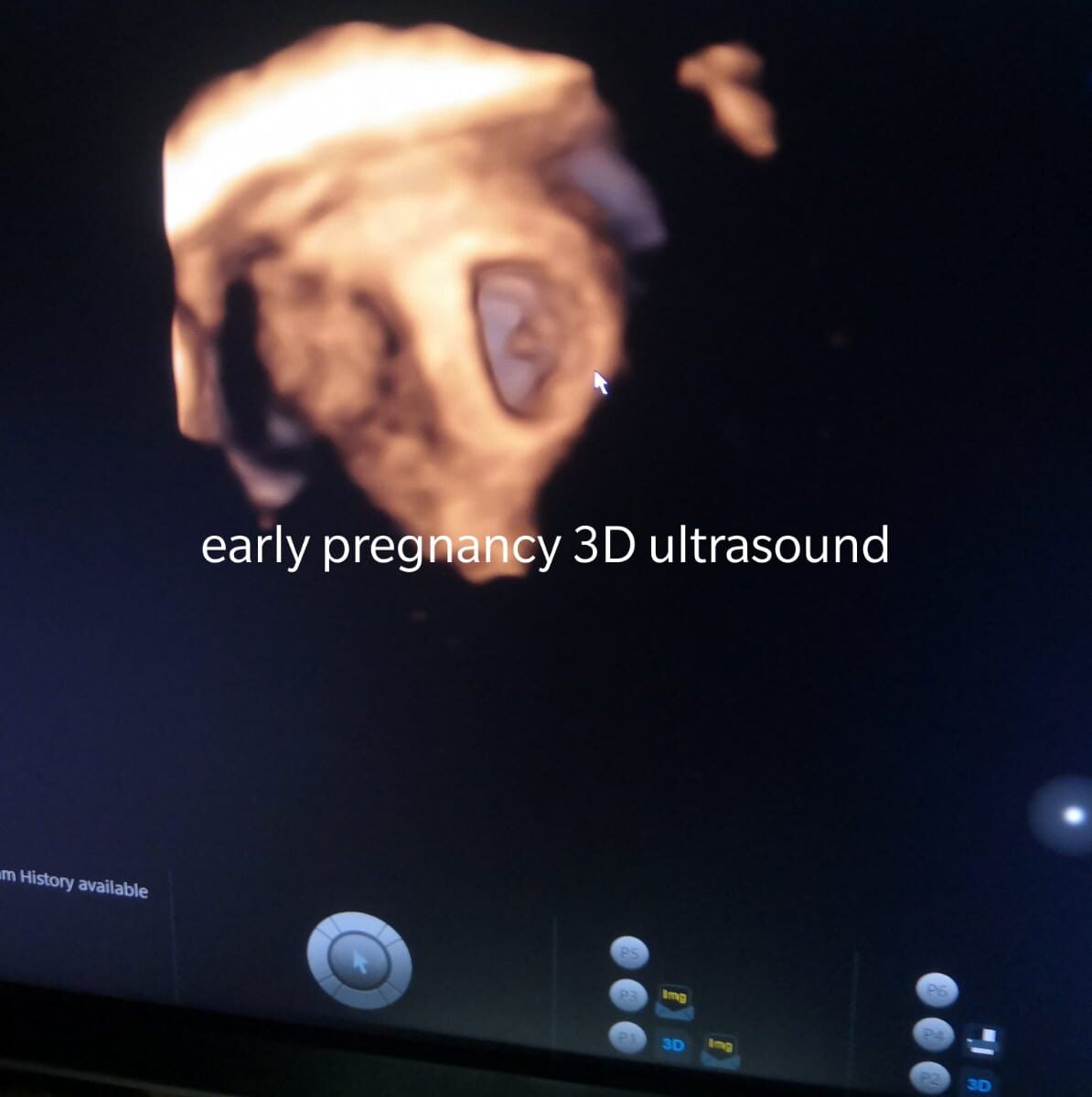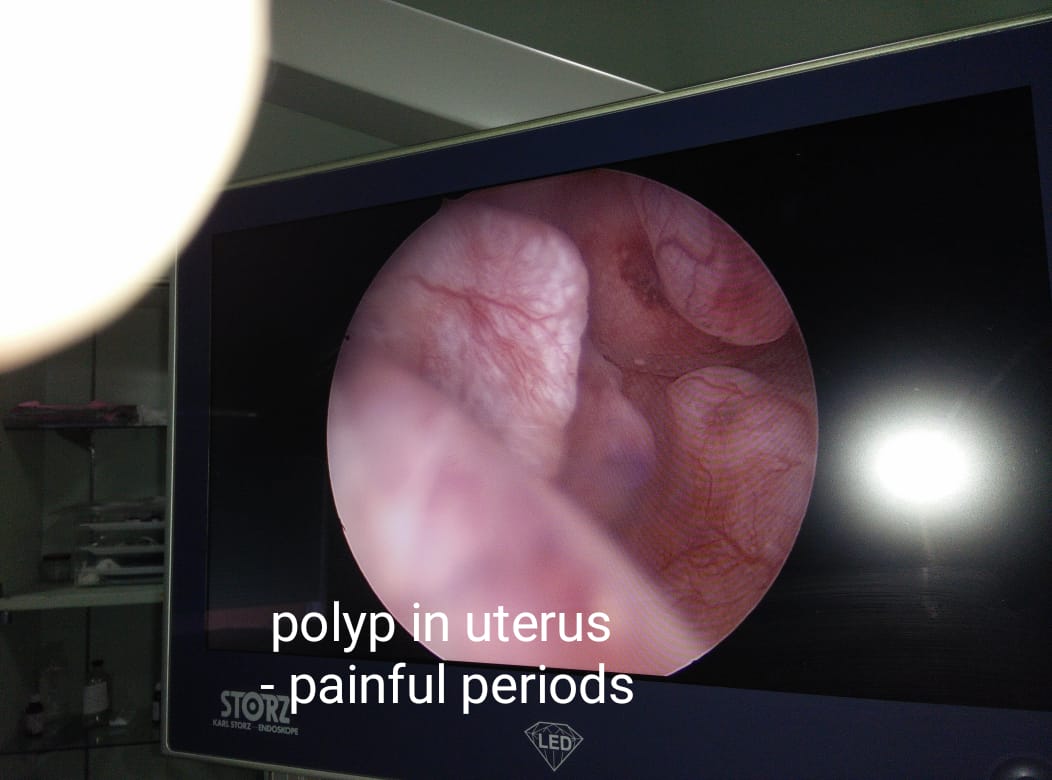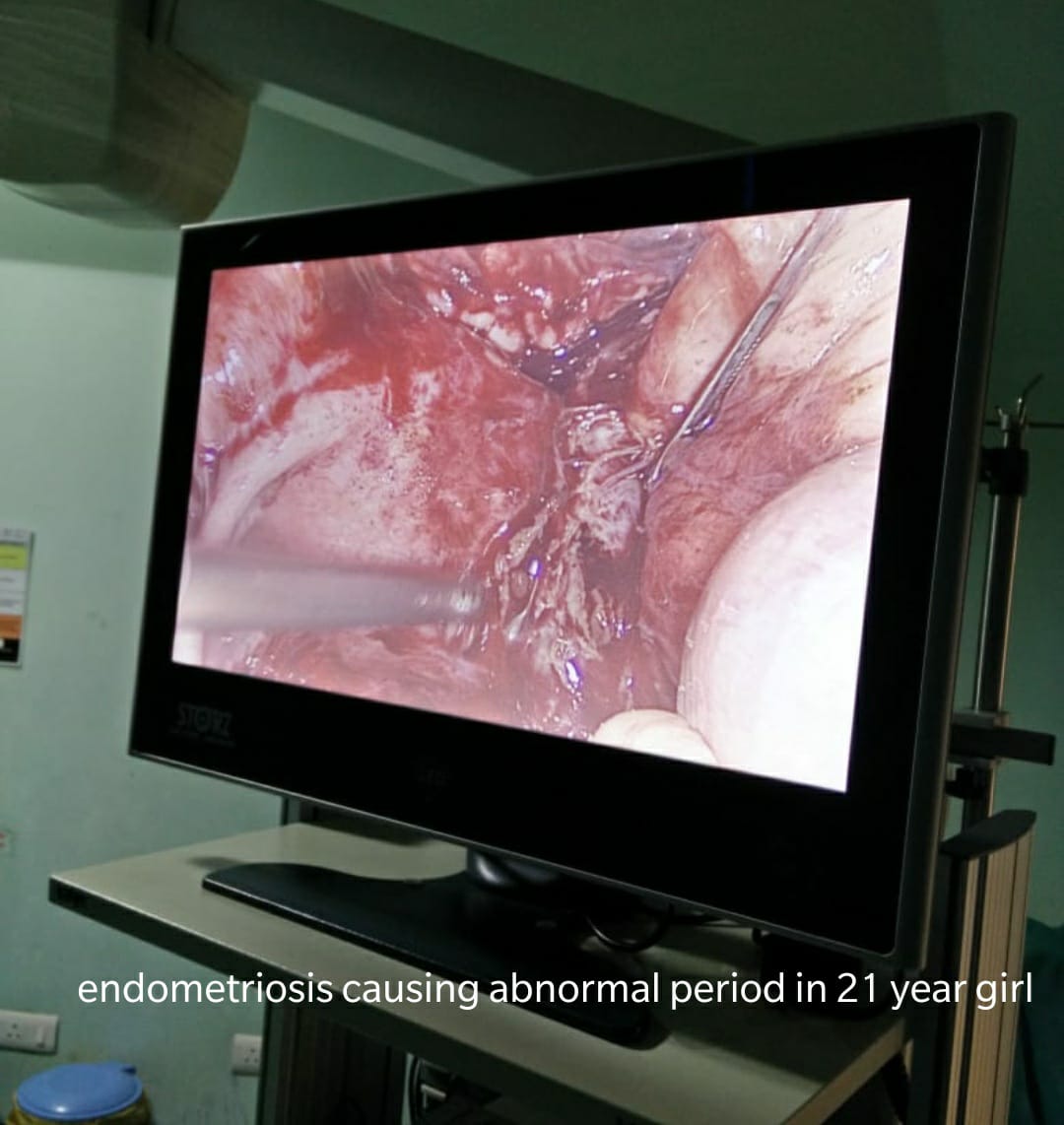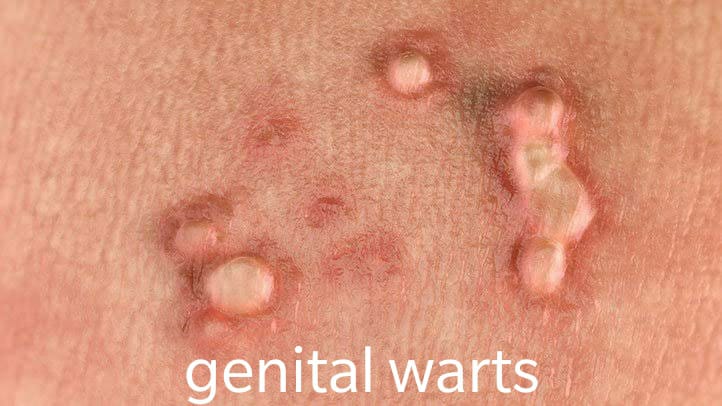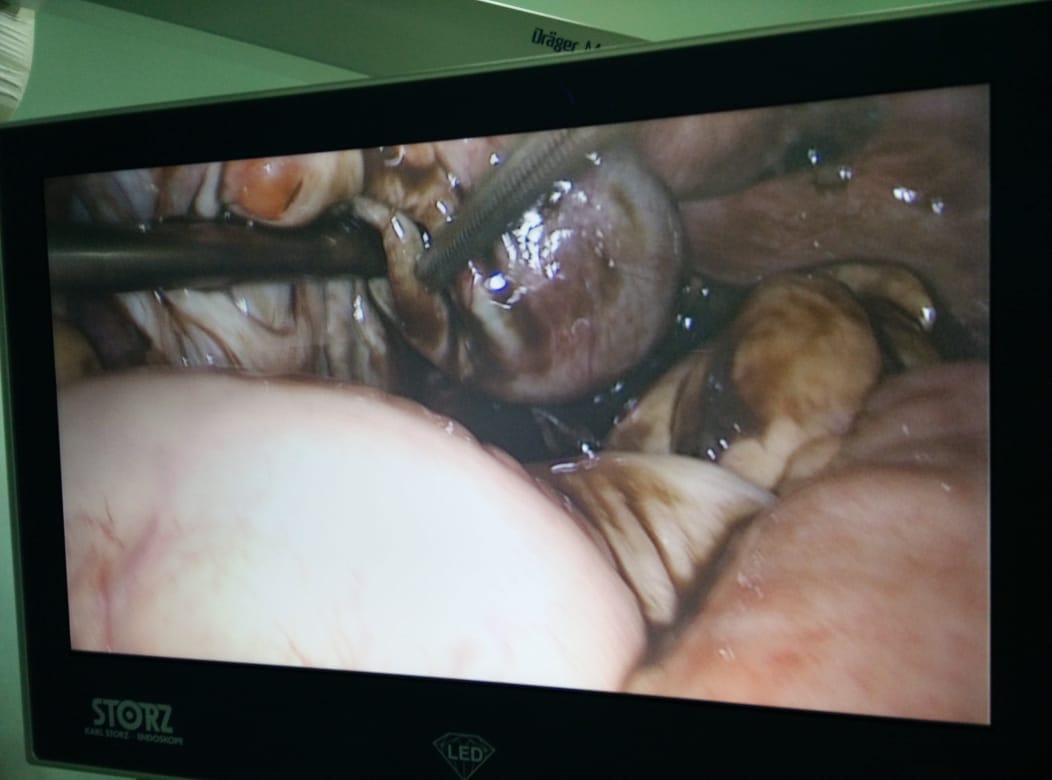As the world puts a united front for the battle against the novel coronavirus, it has given rise to a series of complications, especially for those planning to welcome a newborn in their household. Since there is not enough data to understand the impact of COVID-19 on pregnant women, it is a nerve-wracking time for expectant mothers and families. Mothers across the country are anxious about the delay in hospital visits and the looming fear of coronavirus.
As per a report published by UNICEF, India is expected to witness a big surge in the number of babies born between the months of March to December this year. The report estimates that there will be 24.1 million births in India for the January to December 2020 period. With countrywide lockdown and containment area protocols, there may be huge disruptions in health services for expectant mothers and newborn babies.
Understandably, mothers-to-be and their families have a million questions about safe pregnancy and delivery in the times of coronavirus. We take a look at some of the challenging questions that mother to be are facing during this period of fear and uncertainty.
Can COVID-19 be passed from mother to her newborn baby or fetus?
As of now, no reports are confirming the fact that it can be transmitted from a mother to the baby. As per the WHO, an active virus has not been found in the samples of amniotic fluid and breastmilk. Moreover, the organization also recommends breastfeeding the newborn baby even if the mother is positive with COVID-19. However, it is important to strictly maintain personal hygiene before and after breastfeeding the baby.
Are pregnant women at an increased risk of contracting coronavirus?
As of now, there is not enough data to conclude that expectant mothers are an increased risk of getting severely sick due to COVID-19. However, since a woman’s body goes through a sea of change during pregnancy, it may leave her susceptible to contracting respiratory infections–including COVID-19. So, it is crucial to take the necessary precautions and practice personal hygiene.
Is it safe to give birth at hospital in the current circumstances?
For this decision, it is strongly recommended that you contact your medical care provider (your midwife and/or obstetrician) for further guidance. If you are planning to visit the hospital, it is crucial to wear a respirator and practice social distancing. You should also ask the medical care workers at the hospital all the questions you may have pertaining to coronavirus.
At this time most hospitals have banned the entry of any visitors and the policy varies from hospital to hospital. So, it is important to call up and check the visitor policies beforehand, in case you don’t want to be stuck in the room all alone. It is important to have a clear plan for where you want to give birth and prepare accordingly.
Should visitors be allowed after mother and baby are back home?
It is strongly recommended to not allow visitors home, especially if you live in a containment zone. So, avoid meeting friends and extended family members, as of now. Here are certain precautions you must follow:
- Wash your hands before touching the newborn
- If someone at home is sick, keep the baby away and take all necessary precautions
- Make sure to clean the frequently touched objects, especially around the newborn.
Don’t Fret
Unlike the Severe acute respiratory syndrome or SARS pandemic of 2003-2004, which was also caused by a Coronavirus, pregnant mothers are not in the higher risk bracket from COVID-19. During the SARS outbreak, pregnant women had a fatality risk of 25 per cent compared to 10 per cent of the general population. This is mostly based on a report on 9 pregnant women from Wuhan, China, the epicenter of the COVID-19 outbreak, who had COVID-induced pneumonia. The report, published in the Lancet, said none of the women, who were in their third trimester, developed severe illness, and all their babies were born healthy and Corona virus free. The World Health Organization (WHO) published a report on February 28 of 147 pregnant women, of whom, 64 were confirmed to have coronavirus, 82 were suspected to have the virus and one showed no symptoms. According to the report, only 8% of these women developed a severe condition and only 1% fell critically ill.
Immunity Matters
This does not mean pregnant women can afford to be complacent as the immunity system tends to dip during pregnancy, making the women vulnerable to various infections and diseases, including COVID-19. So, ensure that the diet contains immunity boosting and iron rich food, including fruits, leafy vegetables and nuts. You should also continue to take all the vitamin supplements the doctor may have prescribed.
Avoid These
Apart from following the standard guidelines like avoiding crowds and sick people, frequently washing hands and not touching the face, doctors recommend scrupulously maintaining social distancing, avoiding public areas and wearing a mask whenever you are outdoors.
Be Prepared
Given the stress on the healthcare system, and the possibility of infections from hospitals, you should check whether your doctor or hospital offers tele-medicine facilities. Don’t visit the hospital unless it is absolutely necessary, or for critical checkups. Never go without a clear appointment. Always keep your records handy, and insist that the doctor mail you any advice or medicine prescribed, so that you don’t make mistakes. Make sure you inform your doctor/health provider if you have any symptoms like fever, respiratory symptoms or even diarrhea, or if you have been in contact with someone who has tested positive for COVID-19. Avoid over the counter medications to treat cough and cold.
Deliver With Care
Because of the corona restrictions, many hospitals do not allow more than one visitor during your delivery. So, ensure that your spouse or partner is prepared for that, and have a backup in place in case he cannot be present there. Explain this to other members of your family and friends so that they do not arrive at the hospital. After the delivery, make sure that you have a backup support to take care of you and the baby, particularly if the original support system involved elders of the family.
Dr. Ruchi Tandon is a Gynecologist practicing in leading hospitals in South Delhi namely Max Smart superspeciality hospital saket, Apollo hospitals, with over 13 years clinical experience in handling all kinds of pregnancies safely in covid 19 pandemic.
